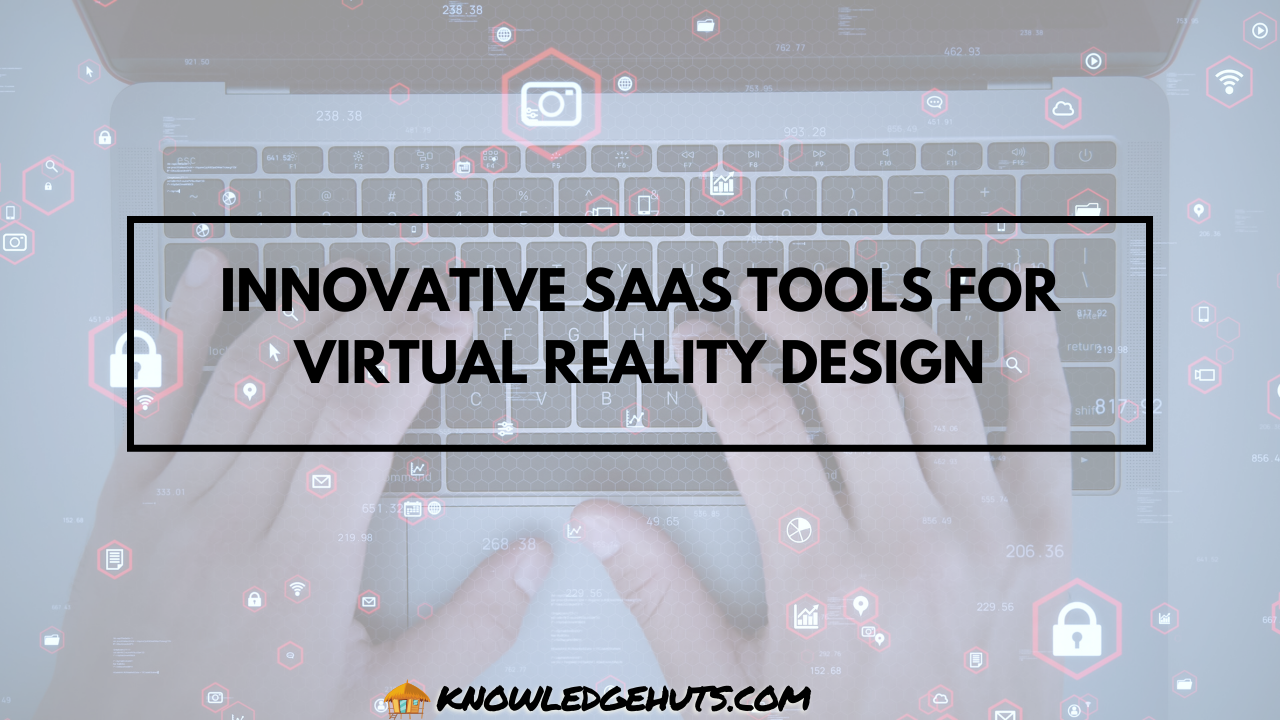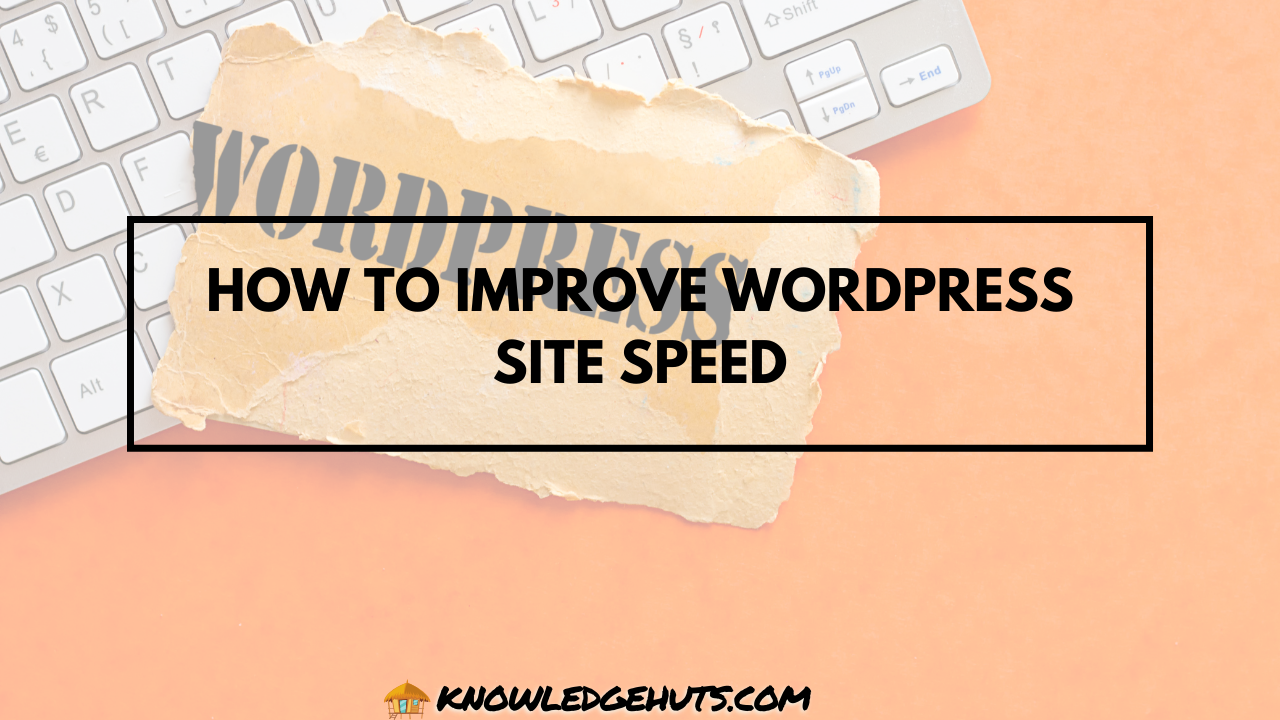Virtual Reality (VR) is revolutionizing industries ranging from entertainment to healthcare, and with the increasing demand for immersive experiences, designers and developers are looking for the best tools to create stunning VR content. SaaS (Software as a Service) tools have made it easier for both professionals and newcomers to enter the world of VR design by offering cloud-based platforms that simplify the complex processes involved in creating virtual environments. This blog post will explore the most Innovative SaaS Tools for Virtual Reality Design and explain how they can benefit your projects.
Introduction to VR Design
Virtual Reality design is the process of creating immersive 3D environments or experiences that users can interact with through VR headsets. VR design combines elements of graphic design, 3D modeling, animation, and interaction design to build simulations that replicate real-world scenarios or create entirely new ones.
The market for VR is expanding rapidly, with estimates showing the global virtual reality market could reach $44.7 billion by 2024, according to Statista. As the industry grows, so does the demand for intuitive tools that allow designers to create more complex and engaging virtual worlds. SaaS platforms have become the backbone of modern design, providing access to these tools online without the need for heavy hardware or software installations.
Why SaaS is Ideal for VR Design
SaaS tools are cloud-based platforms that allow users to access powerful software from anywhere, without installing them on their local machines. The key advantages of using SaaS tools for VR design include:
- Scalability: SaaS tools can handle increasing workloads as your project grows, allowing you to scale your resources accordingly.
- Collaboration: Since SaaS tools are cloud-based, they allow teams to collaborate in real-time, which is essential for VR design, where projects often involve multiple contributors.
- Cost-Effectiveness: SaaS tools are often subscription-based, which means you can use high-end software without the need for expensive upfront investments.
- Accessibility: Cloud-based platforms can be accessed from any device, making them ideal for remote work and global teams.
These benefits make SaaS platforms an attractive option for VR designers looking for flexibility and power in their creative workflow.
Top SaaS Tools for Virtual Reality Design
Let’s explore some of the most innovative SaaS tools that are shaping the future of virtual reality design. Each of these tools brings something unique to the table, from easy 3D modeling to real-time collaboration.
1. Unity Cloud Build
Unity is one of the most popular game engines for developing VR applications, and its Cloud Build feature is a powerful SaaS tool that simplifies the design process. Unity Cloud Build allows developers to compile, test, and share their VR apps directly from the cloud, saving time on debugging and manual builds.
| Feature | Description |
|---|---|
| Collaboration | Allows multiple team members to work on a project in real time. |
| Automation | Automates the build process to test changes quickly. |
| Platform Support | Supports VR development for platforms like Oculus, HTC Vive, and PlayStation VR. |
Unity’s robust infrastructure makes it a go-to solution for VR developers who want to streamline their development process.
2. Gravity Sketch
Gravity Sketch is a SaaS tool that brings intuitive 3D modeling and design into virtual reality. Designers can use VR headsets to sketch and create 3D models directly in the virtual space, making the design process more natural and immersive. Gravity Sketch is ideal for industrial design, automotive, fashion, and product design industries that rely on accurate 3D modeling.
| Feature | Description |
|---|---|
| VR Creation | Design directly in VR using hand gestures and controllers. |
| Collaboration | Allows for real-time collaboration between designers and clients. |
| Export Options | Export 3D models to other software like Unity, Blender, and CAD. |
Quote: “Gravity Sketch is redefining how designers and engineers approach 3D modeling by putting them inside their creations.” – TechCrunch
3. Sketchfab
Sketchfab is a powerful SaaS platform that allows users to publish, share, and discover 3D models online. It’s particularly valuable for VR designers because it offers tools for embedding 3D models directly into websites and VR experiences. Users can also interact with the 3D models through a browser, making it easier to showcase and test designs.
| Feature | Description |
|---|---|
| 3D Model Viewer | Embed and share 3D models on websites and platforms. |
| AR & VR Compatibility | Supports viewing 3D models in both AR (Augmented Reality) and VR. |
| Community Marketplace | Access to a large library of 3D models for inspiration or use. |
Sketchfab provides a wide range of features for designers who want to create and display their work in VR without needing complex setups.
4. InstaVR
InstaVR is a SaaS platform that allows designers to create immersive 360-degree VR experiences with no coding required. It’s ideal for content creators who want to build VR apps for marketing, education, or real estate without dealing with the technicalities of VR development. InstaVR offers easy-to-use templates and tools that make VR app creation quick and accessible.
| Feature | Description |
|---|---|
| No-Code Creation | Allows for VR app creation without coding skills. |
| Multiplatform Publishing | Publish VR experiences to Oculus, Google Cardboard, Samsung Gear, and more. |
| Analytics | Provides insights into how users interact with your VR content. |
With InstaVR, anyone can develop engaging virtual reality experiences, from 360-degree product demos to interactive tours.
5. Vizard by WorldViz
Vizard is a virtual reality development platform focused on building VR simulations for training, research, and educational purposes. Vizard is particularly useful for industries such as healthcare, defense, and education, where VR is used to simulate real-world scenarios for training purposes. It offers advanced features like eye tracking and motion capture for a truly immersive experience.
| Feature | Description |
|---|---|
| VR Simulation | Allows for the creation of interactive training simulations. |
| Data Integration | Integrates with biometric devices for research purposes. |
| Eye Tracking | Tracks user’s eye movement to create more realistic simulations. |
Vizard is a high-end tool, perfect for those who need to create detailed VR simulations for specific industries.
Benefits of Using SaaS for VR Design
SaaS platforms bring a host of advantages to the world of VR design, enabling creators to work more efficiently and collaboratively. Here’s a look at some of the major benefits:
| Benefit | Explanation |
|---|---|
| Cost Efficiency | SaaS tools generally operate on a subscription model, making them more affordable than traditional software. |
| Global Collaboration | Cloud-based access allows global teams to work on the same project simultaneously, improving collaboration and productivity. |
| Constant Updates | SaaS platforms are regularly updated with new features and bug fixes without the need for manual upgrades. |
| Accessibility | Designers can access these tools from any device with an internet connection, making remote work easier. |
The SaaS model has revolutionized the way VR design teams work by offering a more flexible and scalable solution compared to traditional software.
How VR Design is Impacting Industries
VR design isn’t limited to gaming or entertainment. It’s transforming various industries by offering innovative ways to solve problems, train employees, and engage customers. Here are a few industries that are leveraging VR design:
| Industry | Use Case |
|---|---|
| Healthcare | VR simulations for surgery training and rehabilitation. |
| Real Estate | Virtual tours for homebuyers to explore properties remotely. |
| Automotive | VR design for vehicle prototyping and testing. |
| Education | Immersive learning experiences in history, science, and engineering. |
| Retail | Virtual shopping experiences and 3D product visualization. |
As VR technology continues to evolve, more industries will adopt VR design for enhanced user experiences and efficiency.
The Future of SaaS in VR Design
As VR technology becomes more mainstream, SaaS platforms will continue to play a pivotal role in democratizing the design process. Innovations such as AI-driven design, real-time rendering, and enhanced collaboration tools will make it easier for designers to create high-quality VR experiences without needing specialized hardware or deep technical knowledge.
Quote: “The future of VR design lies in SaaS platforms that enable creativity without boundaries. These tools will shape the way we interact with virtual spaces, making them more accessible and interactive than ever before.” – VR Today
Conclusion
Innovative SaaS tools are transforming how virtual reality design is done, making it accessible to both professionals and beginners alike. Whether you’re creating 3D models, immersive VR apps, or full-scale simulations, there’s a SaaS platform designed to meet your needs. The flexibility, cost-effectiveness, and scalability of these tools make them an essential part of the future of VR design.
As industries continue to adopt virtual reality, the demand for intuitive, cloud-based design tools will only grow. By leveraging these innovative SaaS tools, you can bring your VR visions to life and stay ahead of the curve in this rapidly evolving field.








